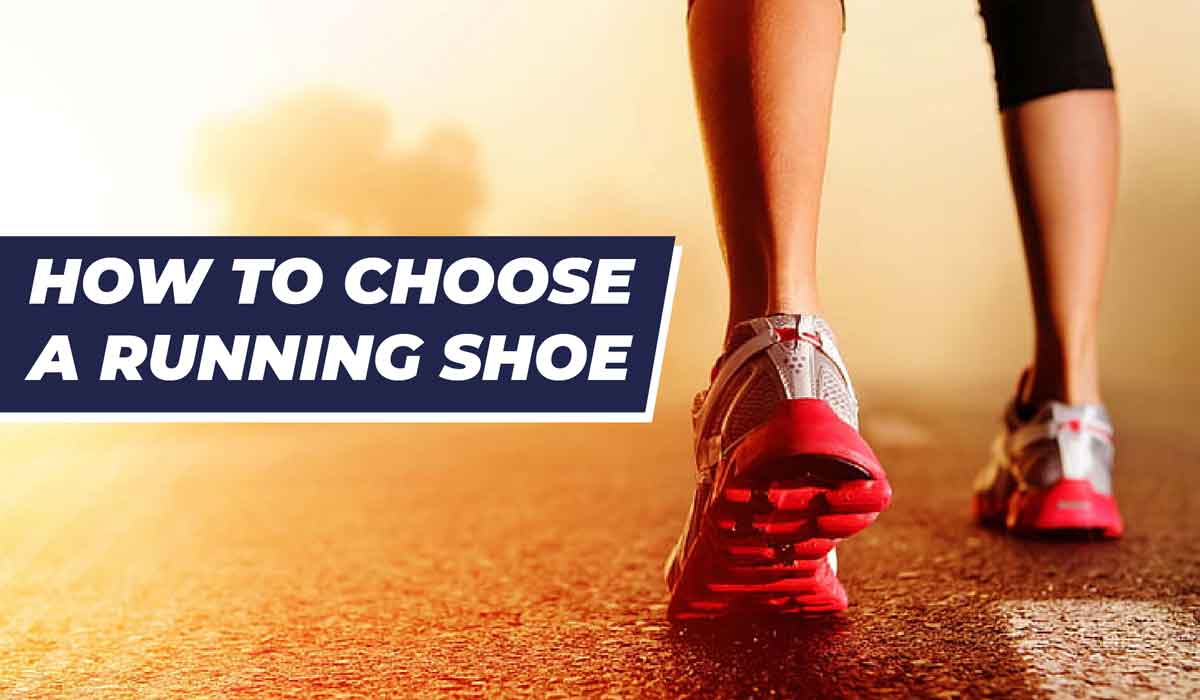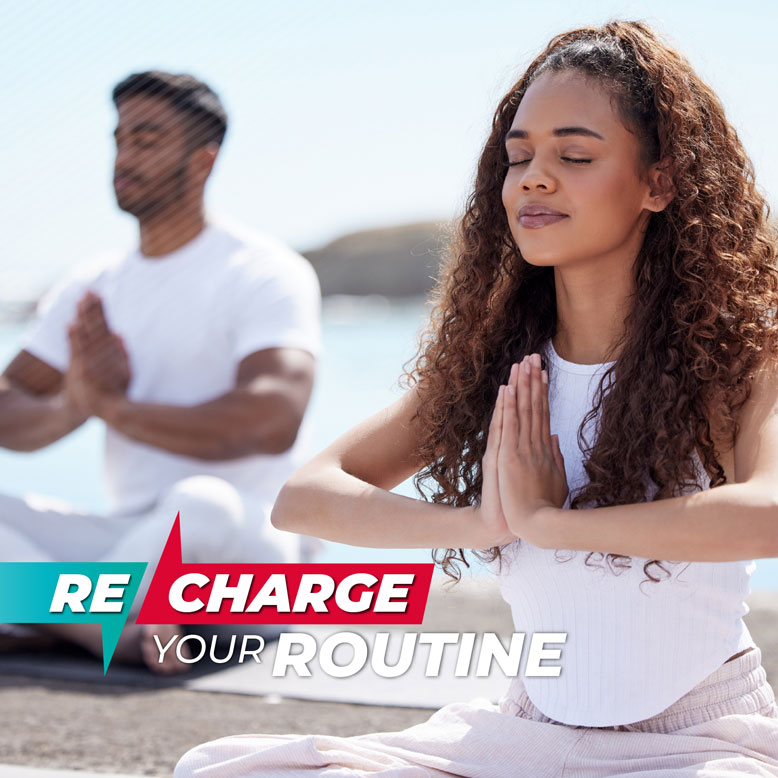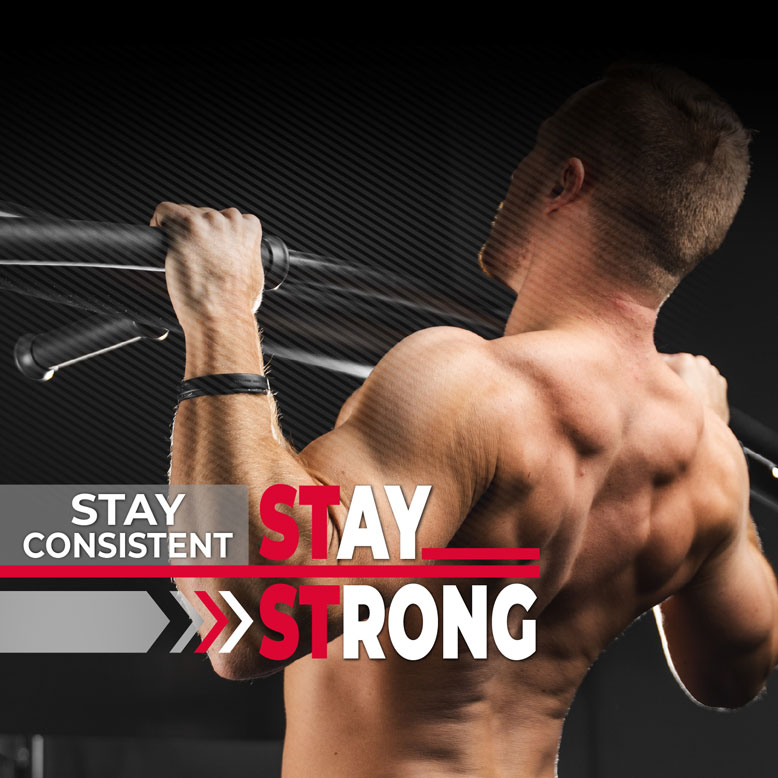
As a high-impact activity, running is synonymous with injuries, which is why runners need to carefully consider the correct running shoe for their body and biomechanics.
Many running injuries are caused by the impact and loading experienced during high-volume and intense training, with the most prevalent injuries affecting the lower leg¹, including the knees, ankles and feet.
As such, features such as cushioning, rebound, support, motion control and stability characterise running shoe development. In more recent years, research and development into performance gains has shifted the focus to energy return, weight and the use of carbon plates.
With so many different needs and requirements, runners have a wealth of options available from a multitude of brands that cater to differing body weights, biomechanics and the surface on which you plan to run, be it road, trail or track.
Choosing the best pair can seem daunting given the variety of options but considering these factors can help you find the best running shoes for your body and goals.
Consider cushioning
Many runners prefer to stick to one brand and model for the duration of their running careers as they worry that switching shoes will lead to more injuries. After all, why fix something if it isn’t broken?
The issue is that running injuries remain prolific. According to research², the incidence of running‐related injuries (RRIs) ranges from 20-70% or from 2.5 to 59 injuries per 1000 hours of running.
The average running shoe is a cushioned model with a high heel-to-toe drop, which materially alters our biomechanics and can create imbalances further up our posterior chain in our calves, hamstrings, glutes, back and neck by misaligning the plantar fascia. Overly cushioned shoes can also weaken bones, ligaments and leg muscles if worn consistently.
Moreover, our feet are vital to our ability to balance and move in a coordinated manner. With 200,000 sensory receptors located in the muscle, tendons and connective tissue, our feet are vital to make a connection between the ground and our brains, via a sensory feedback loop, to aid proprioception – our ability to sense our limbs in space, and control and coordinate movement. Overly cushioned shoes can distort or severely reduce this vital ‘connection’.
Build resilient feet and legs
While it is vital to find the right pair of running shoes, runners who train in a variety of shoes with different characteristics can build more resilient feet and legs.
The idea of a well-structured shoe rotation plan is to promote healthy movement patterns by getting muscles, connective tissues and all the joint structures in your legs to function differently because without change there is no adaptation.
When these adaptations stop, muscles and joints can weaken over time, making them more prone to injury. A firm or even a minimal sole can also enhance your natural biomechanics by getting your entire foot, heel and all, closer to the ground. By improving proprioception in this way, runners can strengthen their feet and legs to run faster and more efficiently.
It is a good idea to have a shoe with good cushioning and a high to medium (8-10mm) heel-to-toe drop for long runs and easy or recovery runs, and a lighter, more flexible shoe with less cushioning and a lower drop (below 8mm) for shorter, faster runs and speed or track work.
Replace worn-out shoes
Another major culprit in running injuries is direct trauma from running in worn-out shoes, especially on the road.
Regardless of how a runner’s feet strike the ground, following repetitive impact on the same spot, the cushioning in these areas will wear away and expose parts of the foot to more direct force during impact. This can cause stress fractures or biomechanical issues in the knee and hip due to compensation patterns developing.
Consider the entire body
One final yet extremely pertinent consideration is that optimal running is about far more than just your foot strike.
While the link between running and injury risk is clear, boiling the debate down to the idea that your shoes are the root cause of injuries trivialises the complexity of running and the role whole-body biomechanics plays in the process.
In fact, a large and growing body of research1 suggests that “weakness of hip-stabilising muscles leads to atypical lower extremity mechanics and increased forces within the lower extremity while running”, which increases injury risks.
An injury-free runner is usually strong, with a solid and powerful core (your abs and glutes), with adequate leg muscle strength in both the concentric (muscle contracting or shortening) and eccentric (muscle lengthening) phases of their running gait cycle, with the requisite hip, knee and ankle mobility to facilitate efficient movement.
Hoping that an expensive pair of shoes will resolve all your running-related injuries is an ill-conceived notion that seldom yields the results you’re after.
Running shoe buyer’s guidelines
Buying expensive running shoes from a well-known brand won’t deliver the benefit if it doesn’t fit you properly or fail to meet a functional requirement. If you want to realise the full value of your investment, choose a pair that suits your specific needs by following this checklist:
When choosing the perfect pair of running shoes, it’s important to consider your specific goals and the types of challenges you plan to tackle.
For example, if you’re gearing up for an exciting event like the Biogen Half Marathon on January 12, 2025, you’ll need shoes that not only fit well but also support your endurance and help prevent injuries over long distances.
The half marathon distance is ideal for those wanting a substantial fitness challenge without the full marathon commitment. To prepare effectively, check out our Biogen Half Marathon Training Plan and ensure you have the right footwear to support your journey.
References:
- Ferber R, Hreljac A, Kendall KD. Suspected mechanisms in the cause of overuse running injuries: a clinical review. Sports Health. 2009 May;1(3):242-6. doi: 10.1177/1941738109334272. PMID: 23015879; PMCID: PMC3445255
- Nielsen RO, Nohr EA, Rasmussen S, Sørensen H. Classifying running-related injuries based upon etiology, with emphasis on volume and pace. Int J Sports Phys Ther. 2013 Apr;8(2):172-9. PMID: 23593555; PMCID: PMC3625796.










